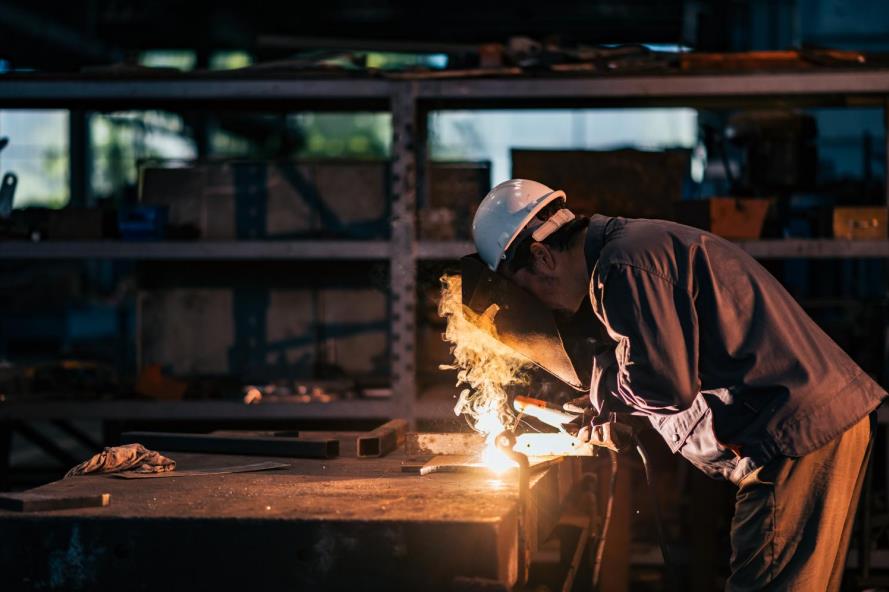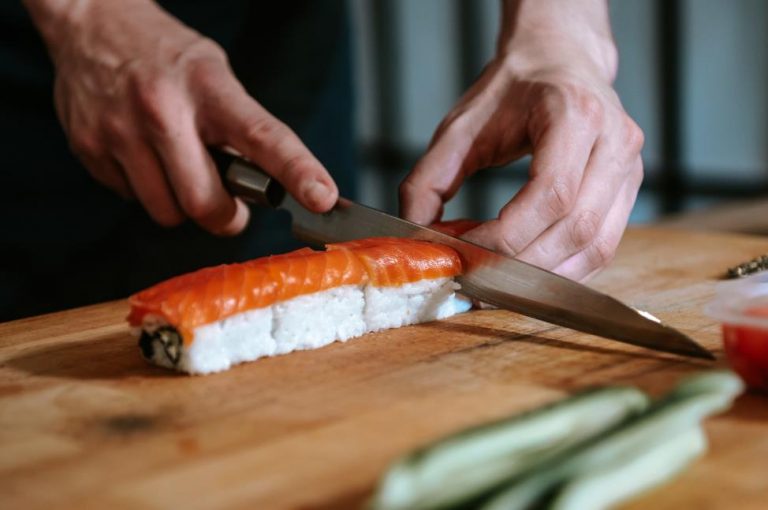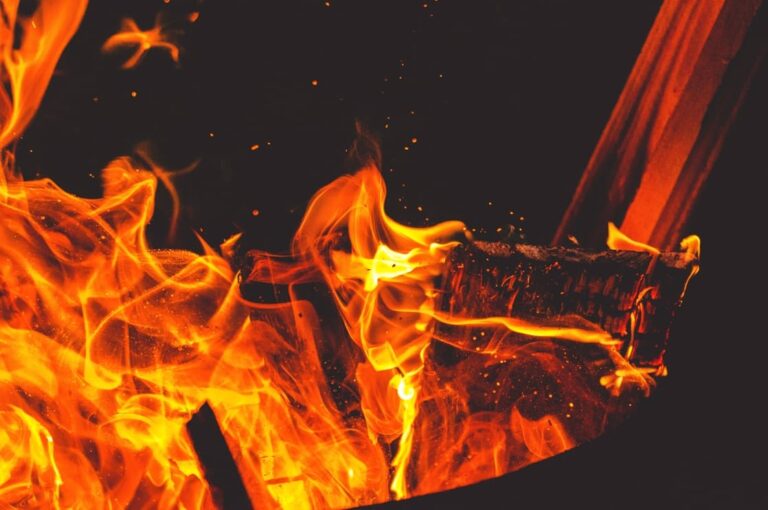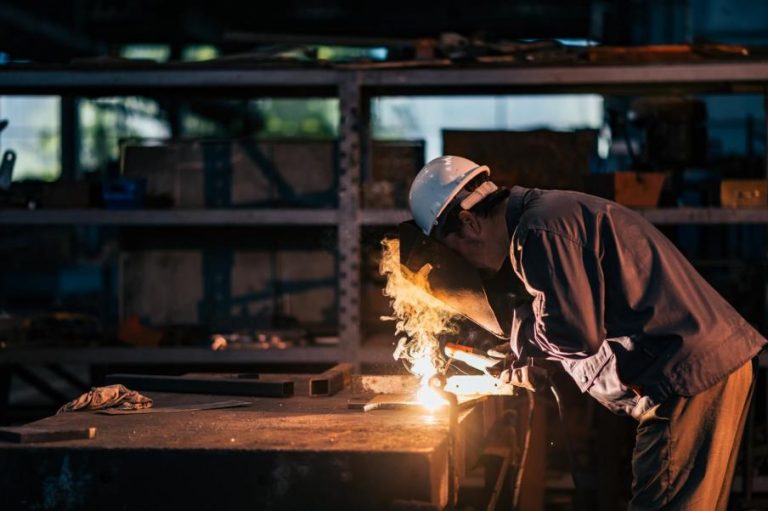1.4116 steel is basically the same as X50CrMoV15. When using different naming conventions, 1.4116 translates to X50CrMoV15 and vice versa. That said, 1.4116 is the same steel used for many kitchen knives.
This German knife steel makes a very corrosion-resistant blade durable against impacts. It holds a fine edge and is nearly impossible to chip. 1.4116 is a common material used for mid-range western-style kitchen knives, as well as some pocket knives.
Excellent rust resistance, great toughness, and passable edge retention are the highlights of this German knife steel. Still, there is more to discuss. Here is everything you need to know about 1.4116 steel, its composition, properties, and how it compares to alternatives.
The naming of 1.4116 steel
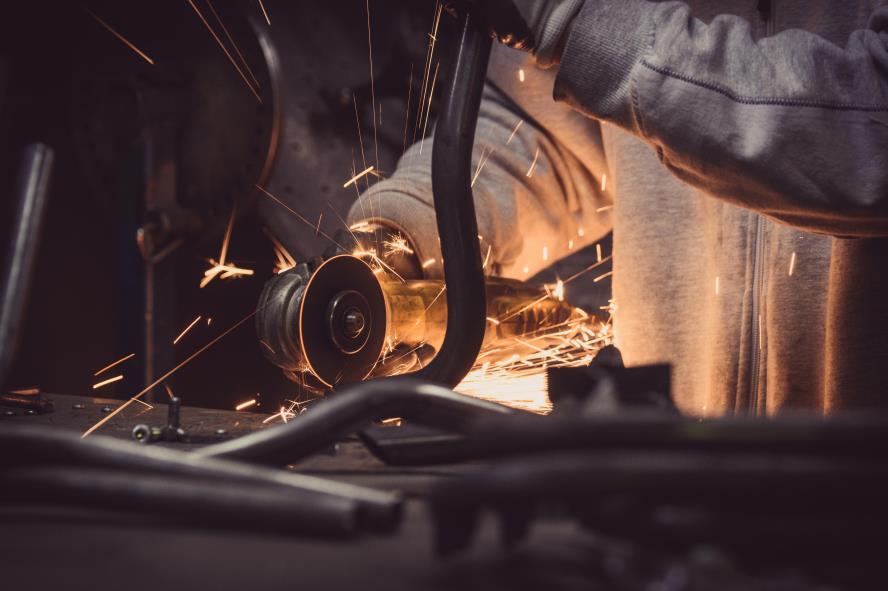
As a German-made steel, the manufacturers of 1.4116 are obligated to follow the regulations of the European Economic Community, EEC.
Since the steel industry has many manufacturers across Europe, finding the same product with different names was common. EEC created naming standards so that all EU countries spoke a single language for the same but differently named products.
For example, naming 1.4116 steel follows the W-Nr, and X50CrMoV15 follows the DIN standards. In North America, especially the US, you may hear the identical steel as 420MoV per the AISI, American Iron and Steel Institute.
1.4116 steel composition
- Carbon (C): 0.45 to 0.55%
- Chromium (Cr): 14.00 to 15.00%
- Manganese (Mn): 1.00%
- Molybdenum (Mo): 0.50 to 0.80%
- Silicon (Si): 0.50 to 1.00%
- Vanadium (V): 0.10 to 0.20%
- Sulfur: 0.0015%
- Phosphorus: 0.04%
Buy Wholesale Knives and Start Scaling up with Us Today
Contact us and connect with a sales rep to get a free quote.
1.4116 steel features as a knife material
1.4116 steel makes a corrosion-resistant and durable knife blade. Its edge-holding capabilities aren’t the best, falling behind many mid-range alternatives. Still, it’s easy to sharpen, and honing the edge prolongs the sharpness of 1.4116 steel knives. Here is more to its properties you’ll find in knives.
Hardness
1.4116 steel doesn’t have high amounts of alloying elements that contribute to hardenability. Therefore, it isn’t hard steel. The knives made from 1.4116 have an average hardness between 54 and 56 HRc, depending on heat treatment.
This hardness rating on the Rockwell hardness scale is enough to set the limits of 1.4116 steel’s other properties.
Edge retention
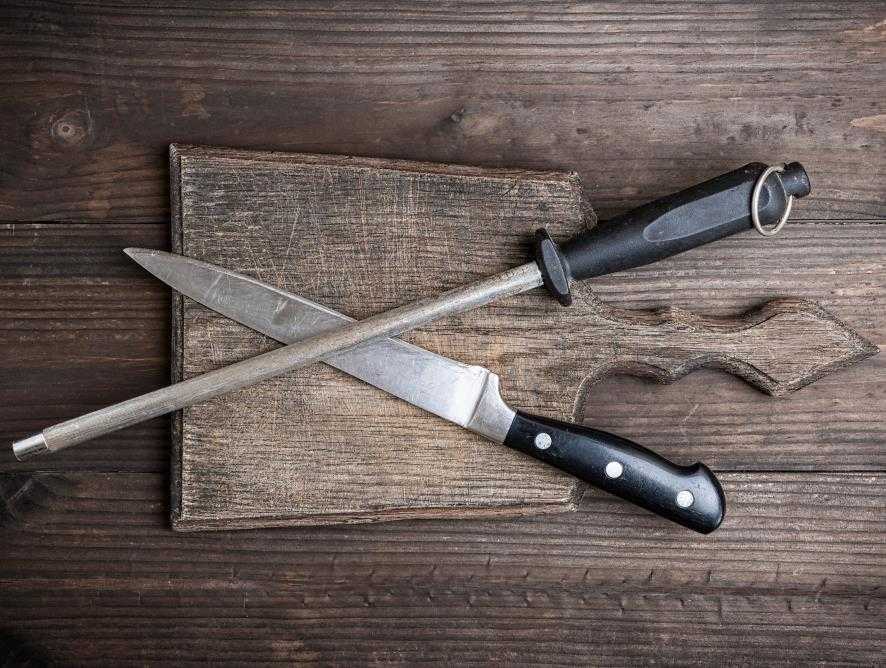
The hardenability of 1.4116 isn’t at the level as premium-grade knife steels. Therefore, we should keep our expectations low for its edge retention.
1.4116 steel can get very sharp thanks to its fine microstructure but can’t keep it for long durations. Under continuous use, whether in the kitchen or outdoors, 1.4116 lose its sharpness pretty quickly. If you’re planning to sell knives made from this steel, note that your customers’ best friend will be their honing rods.
Although the edge retention of 1.4116 is below-average that won’t satisfy regular users, its other properties can make it favorable.
Toughness
Toughness, the steel’s ability to resist damage from impacts, is where 1.4116 proves to be a satisfying selection. In other words, toughness refers to the durability of steel.
The edge of 1.4116 steel knives tends to bend or twist rather than chip or crack. A few strokes on the honing rod are enough to align the rugged cutting edge perfectly. This feature makes 1.4116 durable enough for robust work, such as cleaving bones or removing bark from a branch.
The best use of 1.4116 steel knives in the kitchen is for food preparation. The toughness allows it to handle various cutting tasks. Cooks can use a 1.4116 knife to chop, slice, mince, and cut dense ingredients, including frozen foods and bones.
Wear resistance
The wear resistance is important for several reasons, but too much of it causes problems in the long run. It refers to how well the steel resists material loss through friction, impacts, and so on.
1.4116 steel doesn’t have outstanding wear resistance, but it’s enough to keep a shiny blade free from scratches. Despite only a tiny amount, vanadium increases 1.4116 steel’s wear resistance.
Compared to similar knife steel without vanadium, 1.4116 has better wear resistance. Molybdenum, up to 0.80%, also contributes to this, enabling 1.4116 stainless steel to have proper wear resistance for most applications.
Corrosion resistance
Like toughness, corrosion resistance is the second strongest characteristic of 1.4116, if not the first. The 14.00% chromium overpowers the 0.55% carbon content, allowing more chromium carbides to form.
This helps 1.4116 steel to achieve excellent corrosion resistance that won’t easily rust over use. Even if you’re selling knives in a humid climate, noticing even a tiny bit of rust is next to impossible – it’s that good.
How well 1.4116 resists rusting is one of the primary reasons why knife manufacturers favor it for kitchen knives. It won’t show signs of oxidation even if the user ignores upkeeping the knife for long periods. This feature is perfect, especially for home cooks, which tend to be the customer profile that overlooks maintenance mostly.
Ease of sharpening
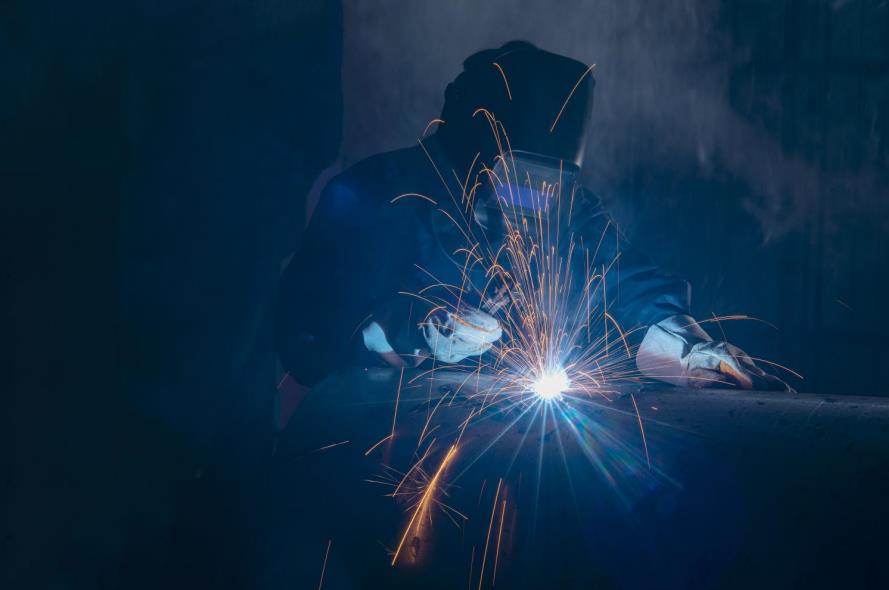
How easy it is to sharpen a knife and wear resistance have a close relationship. If the steel resists material loss, it will be challenging to sharpen it since we need to grind the edge to create a new, sharper one.
The sharpening is as difficult as the steel’s wear resistance. Luckily, 1.4116 doesn’t have excellent wear resistance as high carbon steel, like ZDP-189 or S110V. Even though this might be a downside to users looking for something wear-resistant, sharpening 1.4116 knives is relatively easy.
Using a coarse whetstone can result in a toothy edge or microchips that won’t help with sharpness. A standard 1,000 grit whetstone is enough to sharpen a 1.4116 knife. Users can then move to a higher-grit polishing stone to refine the edge.
1.4116 steel vs. other steel
1.4116 vs. 420HC
420HC is another common steel in the knife industry. It’s also used for surgical tools, razor blades, and scissors. The chemical makeup of 420HC is similar to 1.4116. They have comparable amounts of carbon and chromium, making their hardness relatively the same.
1.4116 steel has more manganese and the addition of molybdenum that boosts its strength and reduces brittleness. These make 1.4116 tougher than 420HC. However, 420HC has a bit more vanadium. This adds to its wear resistance, enabling it to hold an edge for longer.
These differences are minor, but if your goal is to offer a knife that holds its sharp edge for longer, 420HC is better. In everything else, including corrosion resistance, 1.4116 outperforms 420HC slightly.
1.4116 steel vs. 5Cr15MoV
5Cr15MoV is the Chinese-made mid-range knife steel pretty much identical to the 1.4116/X50CrMoV15 steel. The differences between 1.4116 and 5Cr15MoV are the ranging molybdenum, manganese, and vanadium amounts.
1.4116 steel has more of these in the composition than 5Cr15MoV steel. This gives 1.4116 steel better toughness, corrosion resistance, and tensile strength. However, these mostly go unnoticed when testing a knife. It’s not enough to affect how well a knife cuts, its durability, or corrosion resistance.
Since 5Cr15MoV is more affordable, many knife manufacturers opt for it instead. If you’re planning to purchase knives in bulk, 5Cr15MoV can save you more resources.
How is 1.4116 steel as a knife material & should you sell it?

1.4116 knife steel is ideal for knife stores catering to average users. This steel produces a resilient knife blade that holds up well against impacts. It won’t chip or crack but show signs of bending and flexing at the cutting edge under continuous aggressive use.
If durability and corrosion resistance is what your customers favor, choosing 1.4116 or its equivalents, will satisfy your users.
In edge retention, it’s not the type of steel that holds up to the expectations of professionals. However, many chefs use knives made from this steel. With the help of a honing rod between a few meals, the sharpness of 1.4116 can be sustainable.
Buy Wholesale Knives and Start Scaling up with Us Today
Contact us and connect with a sales rep to get a free quote.
Start selling 1.4116 knives with LeeKnives
If you think the knives forged from this steel are a solid choice for your customers, we can supply you with a wide category of products.
We primarily use 5Cr15MoV, which comes to our partners at much more affordable prices, helping you rise above the competition. You can sell the same knife at half the price compared to your competitor without sacrificing anything from quality.
Check our 5Cr15MoV products from here.
LeeKnives is also an OEM knife manufacturer. If you have a particular knife you fancy and think it would be a good idea to sell, we can manufacture the same. We deliver custom orders in no more than 45 days, depending on order quantity. Get in touch with us to request a quote.
